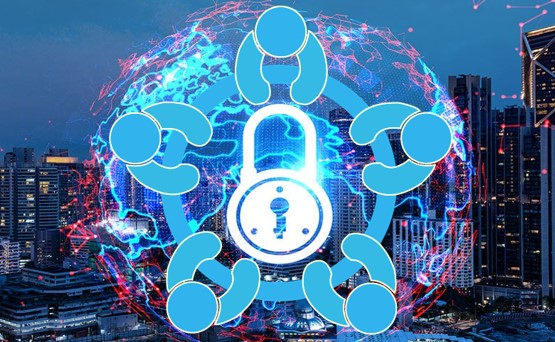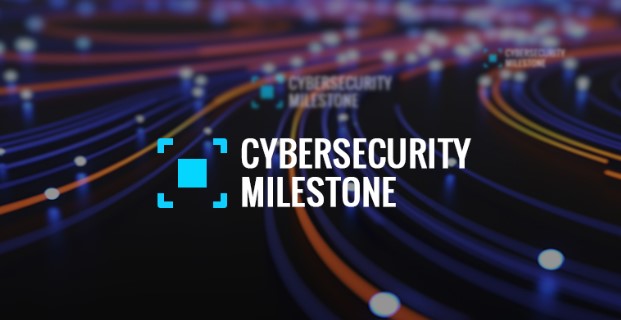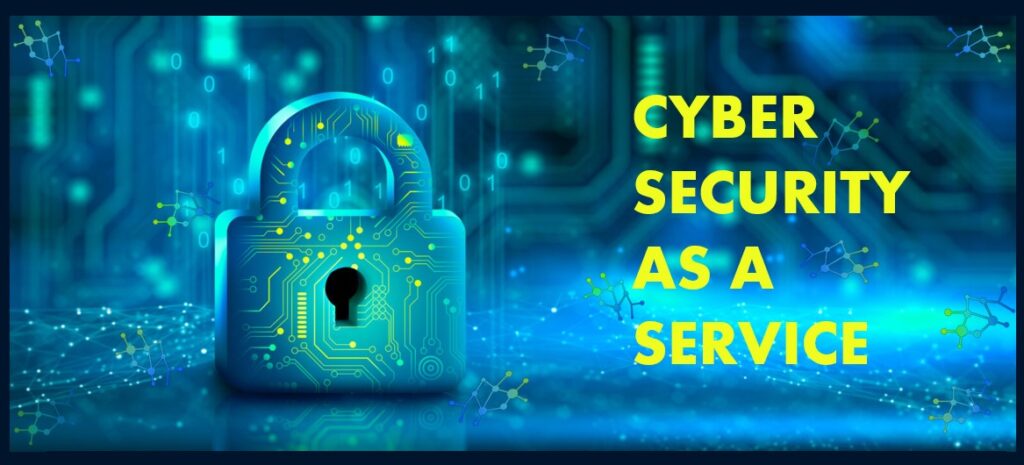Essential Steps for Building a Cyber Security Culture
February 4, 2025

In our current time, where cyber threats are rampant, fostering a robust cybersecurity culture within your organization is more crucial than ever. A strong cybersecurity culture empowers employees, enhances organizational resilience, and ultimately protects your business’s reputation and assets. Here’s how to create and nurture a cybersecurity culture in your organization.
The Future of AR/VR in Customer Engagement
- Set the Tone from the Top
Leadership plays a pivotal role in establishing a culture of cybersecurity. When executives prioritize cybersecurity, it sends a clear message to all employees that security is a critical organizational value. Leaders should communicate the importance of cybersecurity in company meetings, internal communications, and training sessions.
- Allocate Resources
Investing in cybersecurity infrastructure, tools, and training demonstrates commitment. Leaders should allocate sufficient resources to cybersecurity initiatives and ensure that these efforts are visible and impactful.
Educate and Train Employees
- Ongoing Training Programs
Regular training is essential to keep employees informed about the latest threats and best practices. Develop comprehensive training programs that cover topics such as phishing, password management, and data protection. Use interactive elements like simulations and quizzes to reinforce learning.
- Role-Specific Training
Tailor training sessions to different roles within the organization. For example, IT personnel may need in-depth technical training, while non-technical staff should focus on recognizing social engineering attacks. This targeted approach ensures that everyone receives relevant information.

Encourage Open Communication
- Foster a Reporting Culture
Create an environment where employees feel comfortable reporting suspicious activities without fear of reprisal. Encourage them to voice concerns about potential security risks and establish clear protocols for reporting incidents.
- Share Threat Intelligence
Keep employees informed about emerging threats and vulnerabilities. Regularly share updates on recent cyber incidents, both within and outside the organization, to raise awareness and encourage proactive behaviors.
Implement Policies and Procedures
- Develop Clear Policies
Establish comprehensive cybersecurity policies that outline acceptable use, data protection, incident response, and remote work guidelines. Make these policies easily accessible and ensure all employees understand their responsibilities.
- Regularly Review and Update
Cybersecurity is a constantly evolving field. Regularly review and update policies to reflect the latest threats and compliance requirements. Involve employees in the review process to gather feedback and ensure policies are practical.
Incorporate Cybersecurity into Daily Operations
- Integrate Security into Processes
Incorporate cybersecurity considerations into daily workflows. For example, ensure that security protocols are part of project management, software development, and vendor selection processes. This integration helps make security a routine aspect of business operations.
- Promote Secure Behavior
Encourage best practices, such as using strong passwords, enabling two-factor authentication, and regularly updating software. Use reminders, posters, and internal communications to reinforce these behaviors.

Recognize and Reward Security Efforts
- Create Incentives
Recognizing and rewarding employees for demonstrating good cybersecurity practices can motivate others to follow suit. Consider implementing a rewards program for teams or individuals who identify vulnerabilities or successfully prevent incidents.
- Celebrate Security Milestones
Celebrate achievements in cybersecurity, such as successfully completing training programs or achieving compliance milestones. Highlighting these successes reinforces the importance of cybersecurity within the organization.
Leverage Technology
- Invest in Security Tools
Provide employees with the necessary tools to protect sensitive information. Invest in robust security software, data encryption, and secure communication platforms to help mitigate risks.
- Monitor and Assess
Regularly monitor security practices and assess the effectiveness of your cybersecurity culture initiatives. Use metrics to track employee engagement in training programs, incident reports, and compliance with security policies.
Engage Employees Beyond Training
- Host Workshops and Events
Organize workshops, webinars, and security awareness events to engage employees in meaningful discussions about cybersecurity. This creates a sense of community and encourages ongoing learning.
- Encourage Cross-Department Collaboration
Promote collaboration between departments to address cybersecurity challenges collectively. Establish a cybersecurity committee that includes representatives from various functions to share insights and develop organization-wide strategies.
Creating a cybersecurity culture within your business is not a one-time effort but an ongoing commitment. By fostering an environment of awareness, communication, and accountability, organizations can empower employees to take an active role in protecting the company against cyber threats. With leadership at the helm, comprehensive training, and a focus on integrating security into daily operations, your organization can build a resilient cybersecurity culture that stands strong against evolving threats. Prioritize cybersecurity today, and you’ll be better equipped to navigate the challenges of tomorrow.
Have Any Question?
Call or email Cocha. We can help with your cybersecurity needs!
- (281) 607-0616
- info@cochatechnology.com




